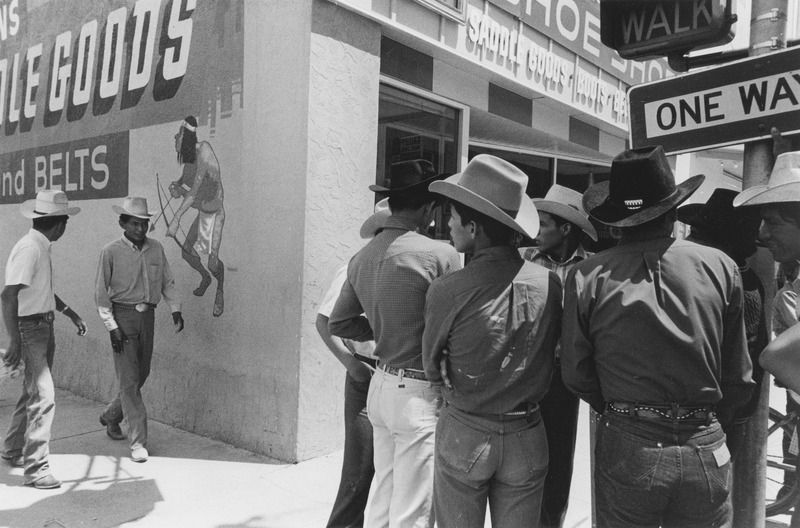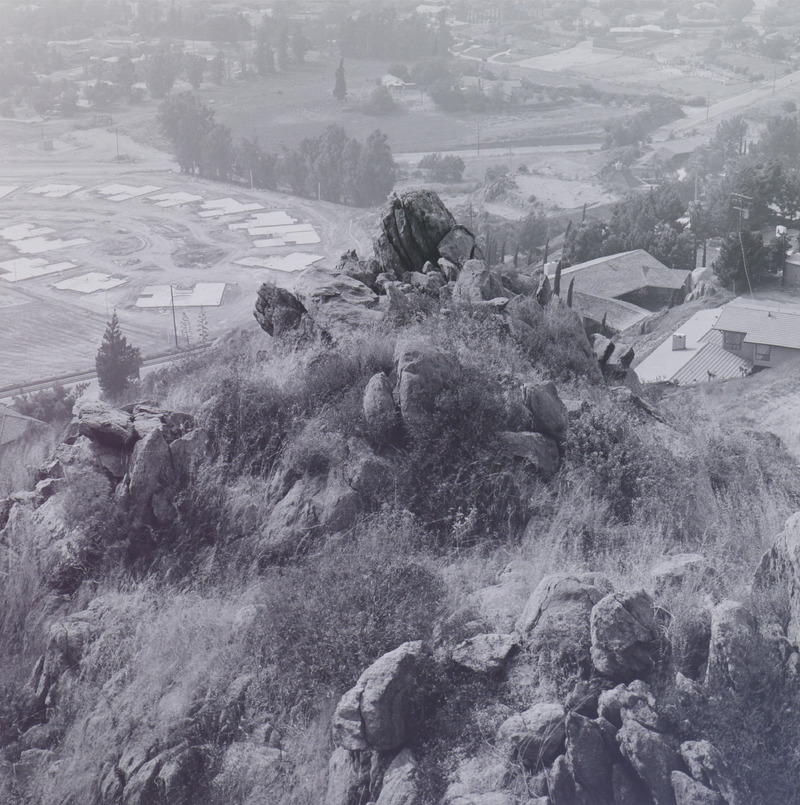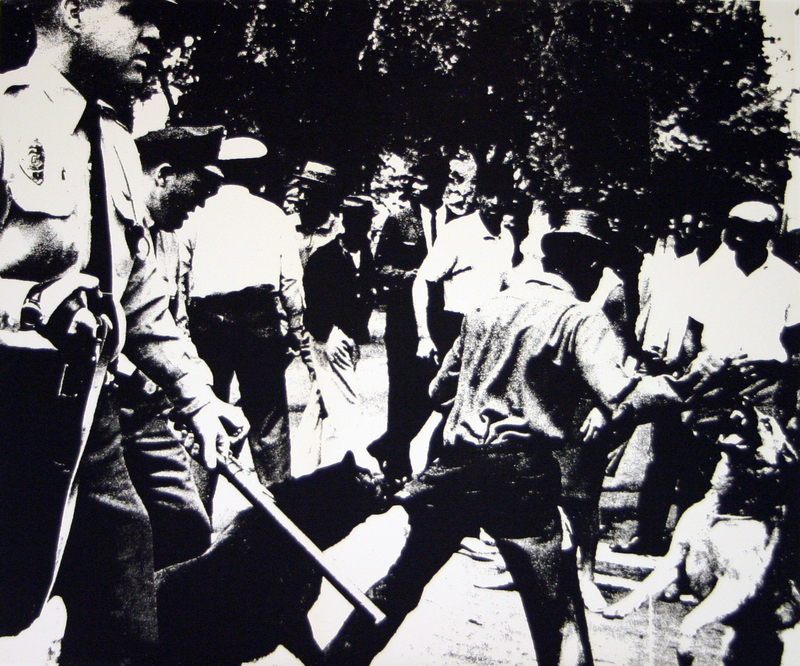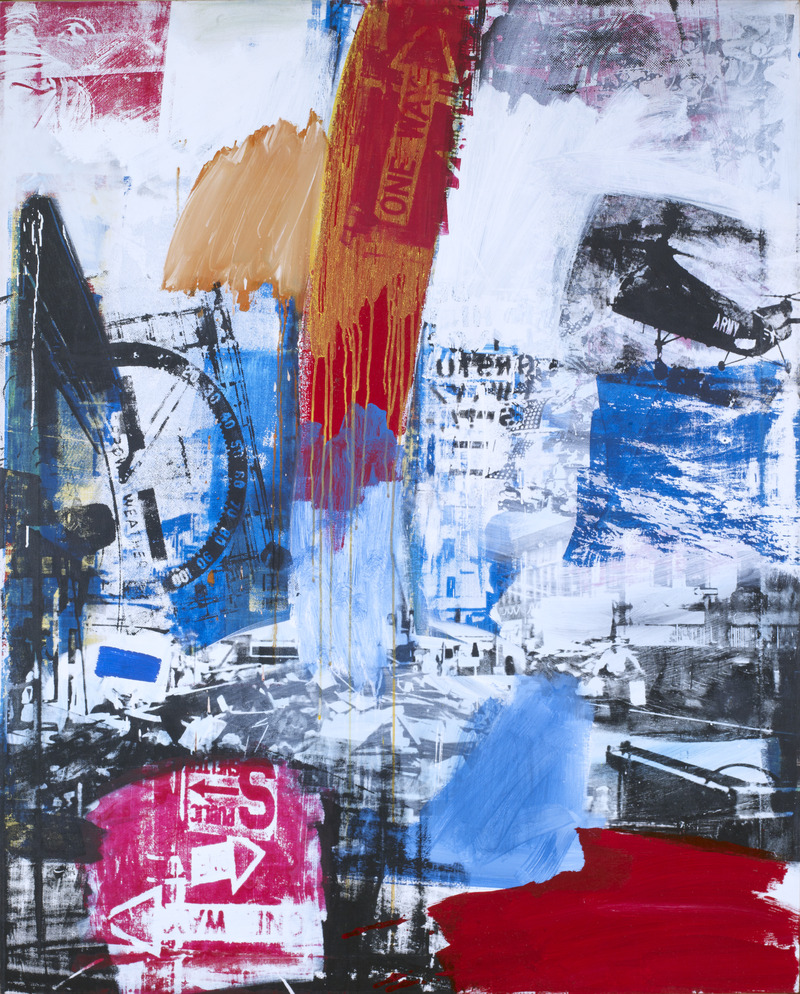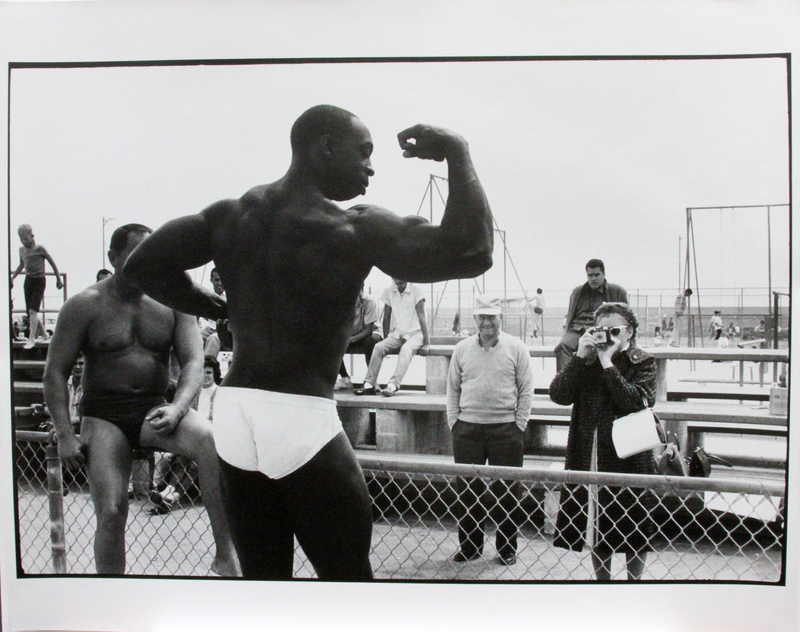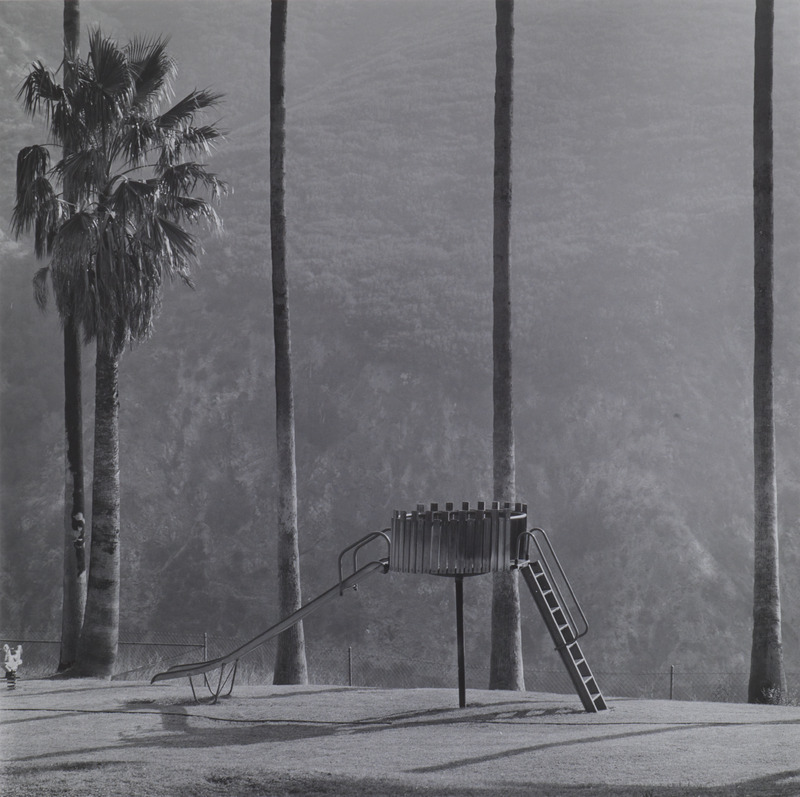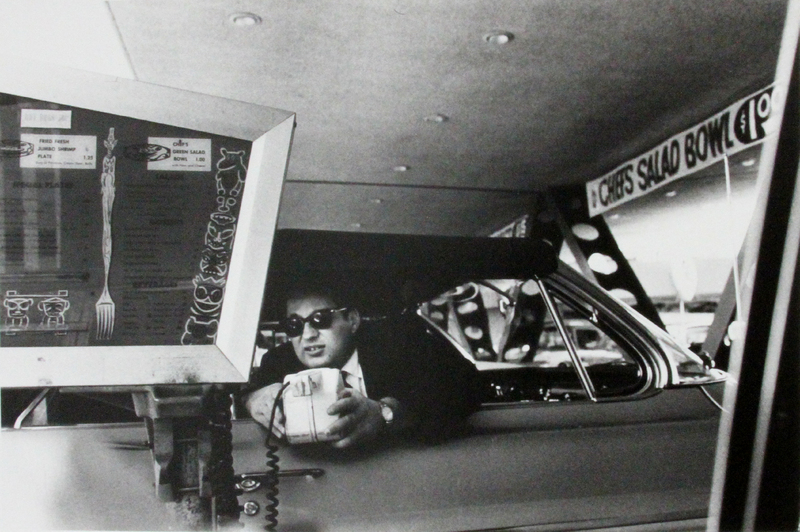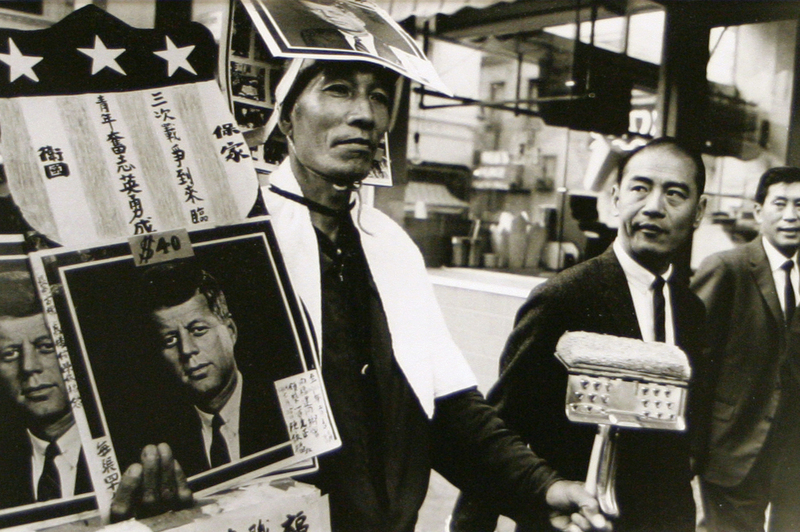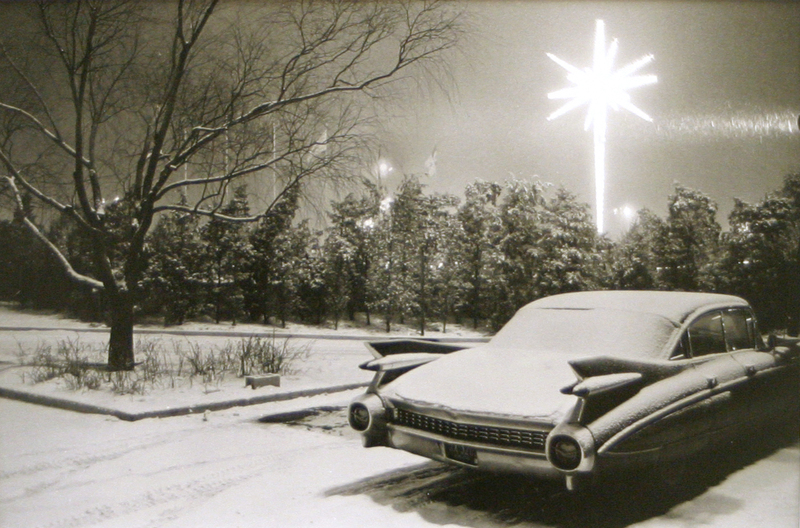The reportage tradition in American illustration was born during the Civil War, when illustrators worked in the field as "special artists," sending sketches back to be engraved for publication, as Alfred Waud did, for example, for Harper's Weekly. That practice died out soon after 1900, largely due to the emerging phenomenon of news photography. Beginning in the mid-1950s, however, the field of visual journalism was resuscitated as innovative periodicals such as Fortune, Look, and Sports Illustrated began publishing first-person nonfiction writing with a strong point of view—essays that relied on the techniques of fiction writing in an approach that came to be called "New Journalism." Many such magazines also commissioned visual essays, or suites of images by a single illustrator based on topical first-person reportage. Illustrators Robert A. Parker, Robert Weaver, and others became closely associated with this format, arguably the illustrator’s version of New Journalism.
During the same period American photographers—Bruce Davidson, Joe Deal, and Joel Meyerowitz among them—began to document unstable social realities. Like illustrators, these photographers emphasized an authorial perspective while capturing real conditions, often highlighting social dissonance in American life. Despite similar concerns, illustrators and photographers worked in completely separate professional contexts. This exhibition places these parallel traditions in dialogue with one another, revealing surprising visual and thematic connections, including common interest in the struggle for civil rights and, often, a shared documentary sensibility.
This exhibition brings together selections from the Museum's permanent collection as well as original periodical illustrations from Washington University's Modern Graphic History Library.
Parallel Modes is curated by D. B. Dowd, professor of communication design in the Sam Fox School, professor of American culture studies in Arts & Sciences, and faculty director of the Modern Graphic History Library, in conjunction with his course "Visual Journalism and Reportage Drawing," offered in the Sam Fox School in spring 2015.
